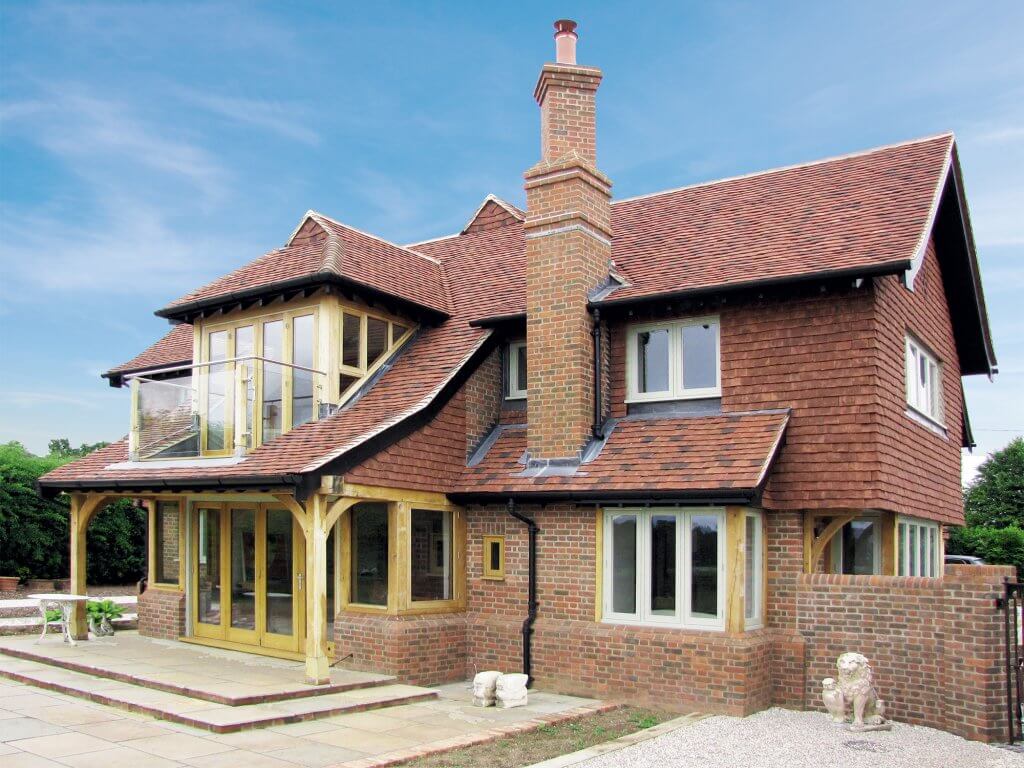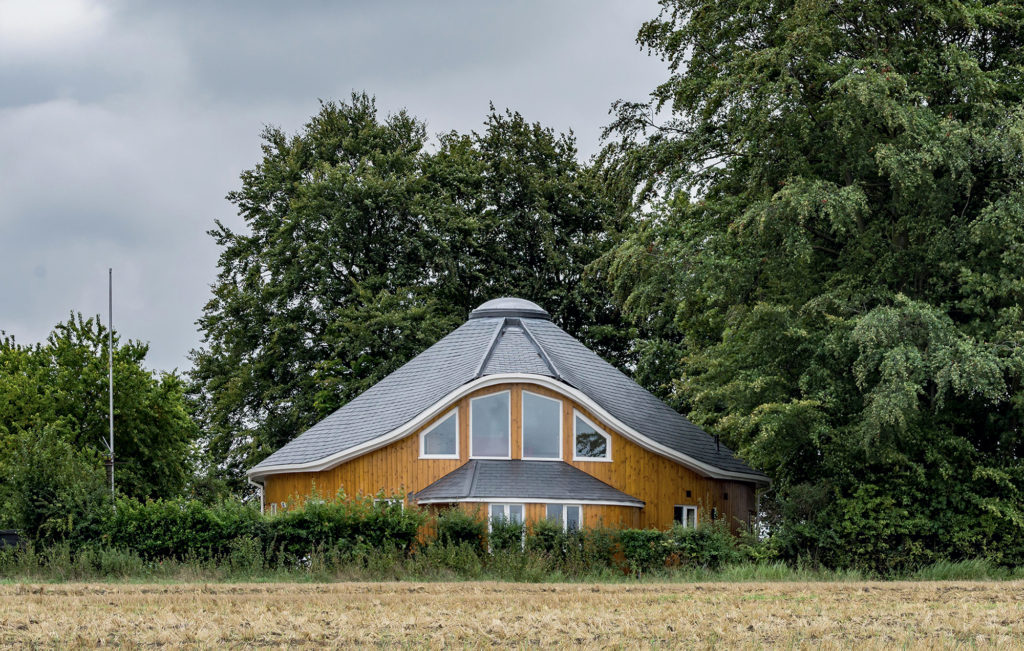
Use code BUILD for 20% off
Book here!
Use code BUILD for 20% off
Book here!What it will cost to tile or slate a roof depends as much on the complexity of the design as it does on your final product choice. If you watch roofers at work, you’ll notice the tiling to the main planes is laid very quickly, often in just a few days – but the edge and joint details follow on at a more sedate pace.
You’ll therefore face higher labour charges for a more complicated roof shape. But it’s still possible to give some price guidance on different tiling systems. The Build It Estimating Service has modelled a moderately complex test roof in order to compare six different tile types.
Information on batten sizes, spacing and tile quantities for straightforward roof areas are readily available from builder’s merchants and manufacturers. However, our model project – as with many self-build and renovation schemes – needs more finesse.
A full estimate for our design must factor in the extras required for details such as the hip, ridge and verge fixings. Other additional costs include: tile nailing and clipping; additional battens, undercloaks and eaves tilting fillets; purpose-made tiles or slates for certain systems; the choice of valley detail; and lead and mortar work, where required.
Find tiles and roofing products in the Build It Directory
When ordering roof tiles, you need to allow for breakages. Again, a more complex shape will necessitate more tile cutting – and therefore greater risk of breakages. Your product choice will also have an impact. Fibre-cement slates are much easier and quicker to cut than natural versions, for example, so the breakage rate will be significantly reduced.


In 2015, a new roof tiling and slating standard (BS5534) was introduced in response to a growing number of insurance claims for wind-induced roof damage. This contains two key elements.
Firstly, the number of mechanical fixings required between tile and substrate has been increased. Secondly, the standards governing the testing of roof underlays (commonly referred to as felt) have been tightened.
Exact mechanical fixing requirements should be worked out on a roof-by-roof basis, taking into account geographical location, orientation and wind exposure. Your manufacturer will be able to provide tailored specifications for your site and tile choice.
For some products, particularly plain tiles, the extra nailing requirements make a big difference to labour costs. Depending on the roof pitch, you can expect a coverage of around 60 plain tiles per m2. In the past, perhaps one in three of these would have been nailed, but now they all need to be – so the workload has increased from 20 to 60 nails per m2.
The choice of fixing is crucial, too. Galvanised (zinc-coated steel) nails are fine for battens but should never be used to fix tiles. Movement of the units under wind loads will wear the zinc coating and lead to premature failure through rusting.
Either aluminium, stainless steel or copper fixings should be used. In addition, hip and ridge tiles must be attached with mechanical fixings; mortar alone is no longer considered sufficient.
Our model roof (pictured above) measures 70m2 in plan, and has a pitch of 40°. In total, there is 91.4m2 of sloped tiled area.
In this table we have concentrated just on the cost of the tiled finish (including battens, nails and other fixings). It’s important to remember, however, that your choice of tile system may also affect the cost of the roof structure beneath.
Plain tiles, which require double lapping to prevent water penetrating the gaps between adjoining units, can increase the load on the structure by as much as 50% over interlocking tiles, which only need to be single lapped.
| Tile | Quantity | Material cost | Labour cost | Total before VAT | VAT at 20% | Total incl. VAT |
|---|---|---|---|---|---|---|
| Plain interlocking concrete tiles (small format) | 1,922 | £4,309.41 | £3,258.50 | £7,567.91 | £1,513.58 | £9,081.49 |
| Plain clay tiles | 6,422 | £7,057.74 | £4,482.69 | £11,540.43 | £2,308.09 | £13,848.52 |
| Natural Welsh slates (400mm x 200mm) | 3,689 | £13,324.38 | £4,982.15 | £18,306.53 | £3,661.30 | £21,967.83 |
| Roman interlocking concrete tiles (large format) | 1,025 | £3,803.77 | £2,080.12 | £5,883.89 | £1,176.78 | £7,060.67 |
| Fibre cement slates | 1,582 | £6,002.45 | £4,196.56 | £10,199.01 | £2,039.80 | £12,238.81 |
| Clay pantiles | 1,600 | £5,428.09 | £3,004.66 | £8,432.75 | £1,686.55 | £10,119.30 |
Top image: For this new build, Swift Roofing chose Rosemary Clay Craftsman Victorian tiles from Redland
